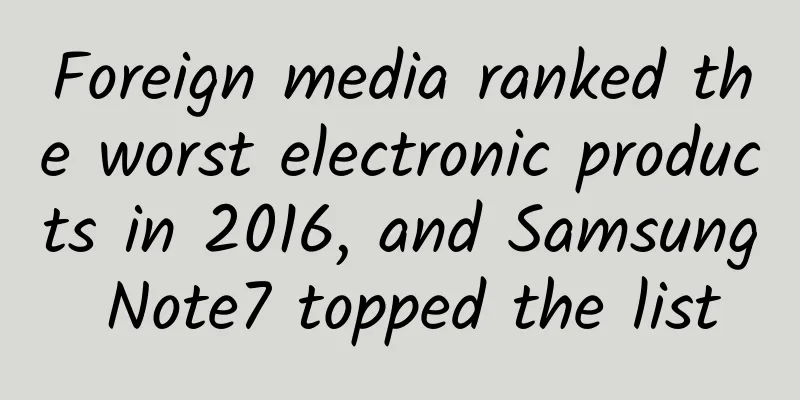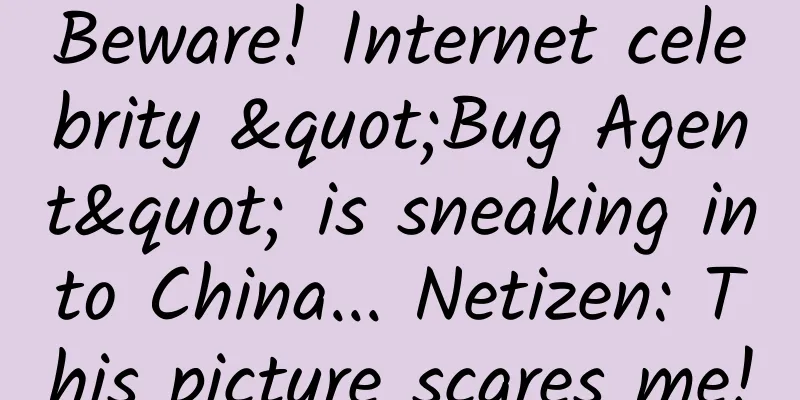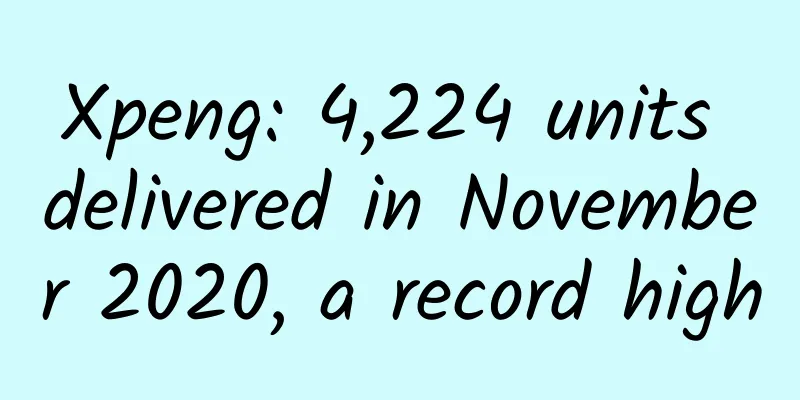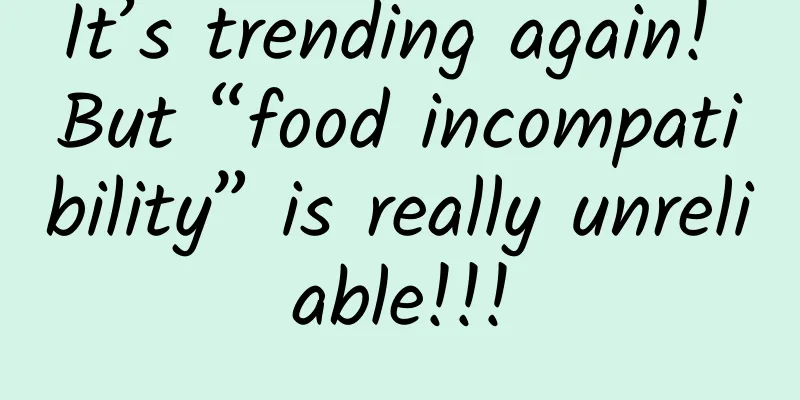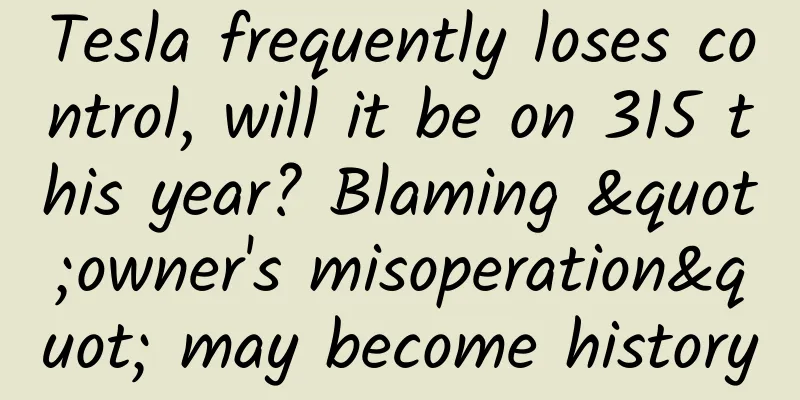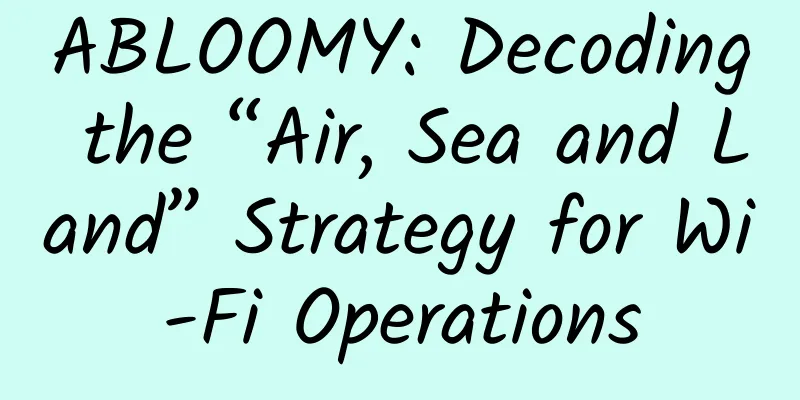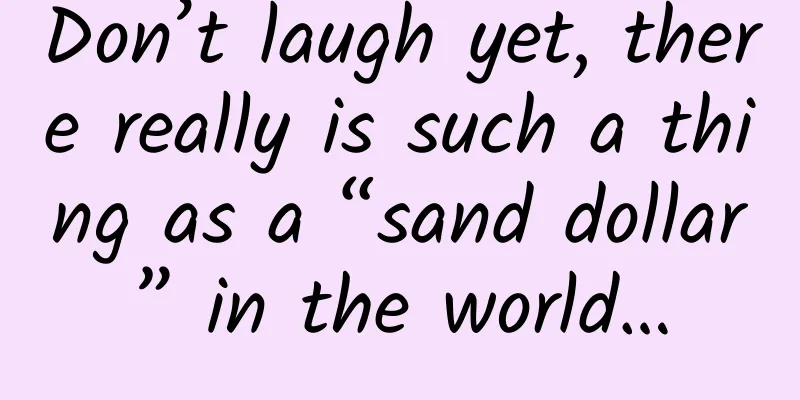Molang Blender 3D assisted painting design process October 2019 [HD quality with material]
![Molang Blender 3D assisted painting design process October 2019 [HD quality with material]](/upload/images/67cc2ccd06f00.webp)
|
Molang Blender 3D assisted painting design process October 2019 [HD quality with material] Resource introduction: By learning the underlying design logic, combining comprehensive software, and using 3D software to assist in PS drawing, you can learn the 3D software-assisted design process. This set of video courses contains a lot of underlying theoretical content, and the courses are divided into two courses: single-body design and scene atmosphere drawings. Each course is half theory and half practical, divided into episodes based on knowledge points. It does not involve the most basic painting knowledge and software operation knowledge. The course is for beginners, intermediate and advanced professionals. Suitable for learning people: 1. Beginners with weak design ability who can only draw but not design. 2. Practitioners who can only draw but not use any other 3D software, but want to learn related knowledge. 3. I only know how to model but not how to design. I want to learn more about design-related knowledge and skills. 3. Practitioners who want to learn relevant software to assist in painting, but cannot get into the complicated professional modeling courses. I just want to use 3D software as a drawing aid. Not suitable for people with no art foundation, beginners should purchase with caution. Minimum requirements (understand basic perspective and composition knowledge, understand basic skills such as expressing the volume of objects. Have a certain foundation of humanities and history knowledge. The course has been upgraded, and students with zero blender foundation can also watch it. But at least understand the basic knowledge terms of 3D software, such as material nodes, edge loops, normals, UV, etc. File Directory Scene atmosphere design 2 Composition: Layout, Outline and Lens (Part 1)01.avi 2 Composition: Layout, Outline and Lens (Part 1)02.avi 3 Composition: Layout, Outline and Lens (Part 1)03.avi 3 Composition: Layout, Outline and Lens (Part 1)04.avi 4 The outline of light - cutting the picture with light and shadow (Part 1) 01.avi 4 The outline of light - cutting the picture with light and shadow (Part 1) 02.avi 5 The outline of light - cutting the picture with light and shadow (Part 2) 03.avi 5 The outline of light - cutting the picture with light and shadow (Part 2) 04.avi 6 Tones - Tone Non-Color 01.avi 6 Tones - Tone Non-Color 02.avi 7 Establishing a worldview, drawing sketches, and briefly discussing deconstructivist architecture 01.avi 7 Establishing a worldview, drawing sketches, and briefly discussing deconstructivist architecture 02.avi 8 Improve the world view, build a framework, and use materials reasonably 01.avi 8 Improve the world view, build a framework, and use materials reasonably 02.avi 9 Light source arrangement and color composition.avi 10 Lighting Detailed Explanation, Correct Understanding of Tone Perspective.avi 11 Several quick and easy building group production methods (Part 1) 01.avi 11 Several quick and easy building group production methods (Part 1) 02.avi 12 Several quick and easy building group production methods (Part 2) 01.avi 12 Several quick and easy building group production methods (Part 2) 02.avi 13Several simple holographic imaging methods and BYGEN plug-in 01.avi 13Several simple holographic imaging methods and BYGEN plug-in 02.avi 14 Rendering, PS texture techniques and brush application (Part 1) 01.avi 14 Rendering, PS texture techniques and brush application (Part 1) 02.avi 15 Rendering, PS texture techniques and brush application (Part 2) 01.avi 15 Rendering, PS texture techniques and brush application (Part 2) 02.avi Monolithic design 10 Application of old military style.avi 11 The Inspiration of Modernism 01.avi 11 The Inspiration of Modernism 02.avi 12 Basic Components Operation Explanation.avi 13 Toolbar Artifact 01.avi 13 Toolbar Artifact 02.avi 14 Quick Surface: Chamfer and Lattice 01.avi 14 Quick Surface: Chamfer and Lattice 02.avi 14 Quick Surface: Chamfer and Lattice 03.avi 15 Several hard surface engraving methods 01.avi 15 Several hard surface engraving methods 02.avi 16 Customized Self-illumination and Transparency Maps 01.avi 16 Customized Self-illumination and Transparency Maps 02.avi 17 Freestyle or Keyshot rendering line drawing 01.avi 17 Freestyle or Keyshot rendering line drawing 02.avi 18 Rendering PS processing (Part 1)01.avi 18 Rendering PS processing (Part 1) 02.avi 19 Rendering PS Processing (Part 2)01.avi 19 Rendering PS processing (below) 02.avi 3blender course preparatory knowledge, basic settings and plug-in explanation.avi 4 Treating Shapes (Part 1)01.avi 4 Treating Shapes (Part 1)02.avi 5 Share Treat Shape (Part 2)01.avi 5 Share Treat Shape (Part 2)02.avi 6 Rhythm and Contrast (Part 1)01.avi 6 Rhythm and Contrast (Part 1)02.avi 7 Rhythm and Contrast (Part 2).avi 8 Form and Logic (Part 1).avi 9 Form and Logic (Part 2).avi Course Materials.zip Course Materials |
<<: High-quality case studies on information flow delivery in the automotive industry
>>: How does operations perform data analysis? 1 process, 3 uses, 3 tools!
Recommend
Is e-commerce destroying the real economy? Shopping malls have become restaurants and children's playgrounds
In fact, even the "mall economy" that s...
China Eastern Airlines Employees’ Fingertip Assistant [WeChat Enterprise Account Case]
China Eastern Airlines employees use many self-se...
In the bitter winter, why is it Xiaomi that helps Xiaopeng Electric Vehicles survive?
New energy vehicles are an inevitable future, but...
LCD screen manufacturers are busy with the World Cup big screen, 4K becomes the favorite
As one of the most influential international spor...
What are the functions of Foshan Nail Salon WeChat Mini Program? How to make a manicure appointment app?
The love of beauty has existed since ancient times...
Which one is more important, conversion or traffic?
Why conversion is more important than traffic Fro...
BYD builds 12GWh battery project to sell to external parties
On June 8, BYD issued an announcement regarding &...
NetEase Wugu Reading Product Analysis Report
In today's information-shock world, reading h...
Why is search traffic hidden in keywords?
It is important to dig out keywords, but the most...
2022, can the COVID-19 pandemic be stopped by Omicron?
Although the decline of the COVID-19 pandemic has...
It was revealed that the GPRS encryption algorithm used in early mobile phones was deliberately weakened
[[406364]] A team of researchers from several Eur...
Is 4a advertising company really no longer viable?
Why is the advertising industry, which used to be...
12 common SaaS product promotion and customer acquisition models
Based on my own experience and some insights into...

